I’ve been waiting for this day, the day when we will fly to Dixon. And I was a little nervous. But in contrast to the excitement of flying to the center of Russia, where it was associated with the difficulties of flights in the mountains, it was a different kind of excitement. But I’ll tell about it later. And today we have another difficult and even very busy day. Because before flying to Dixon we have to visit Dudinka as well – another caital, in this case, the caital of Taimyr.
At 9:30, a car drove u to the hotel, driven by Andrey Fedosov’s of the “Nord-Air” comany, where was our helicoter. We still had to fill the board in the morning, as we did not do it the day before yesterday. Therefore, at least one hour was sent on the rearations of the board, its equiment and our cameras, on setting the route in GPS and other conventional re-flight trivia. Saying goodbye to the owners of the site and aid off, we took off and headed to Dudinka.
Dudinka (the stress falls on “i”) – is a city in the Krasnoyarsk region and the administrative center of the Taimyr Dolgan-Nenets Municial District of the Krasnoyarsk Territory. Dudinka is located only 90 kilometers from Norilsk, but there are comlicated relationshis between the two cities. Desite the fact that Norilsk is located on the Dudinka administered territory, it is not subordinates to Dudinka. Norilsk – is an enclave on the Taimyr Dolgan-Nenets Autonomous District, the city directly subordinated to Krasnoyarsk. It is clear that there is a certain rivalry. But we wanted to visit both Norilsk and Dudinka. Both cities are interesting in their own way and have their own unique features. And beside that, we have volunteers at both laces – our corresondence friends and fans, which we would certainly want to visit.
We decided to fly from the “Valek” heliort, which is adjacent to the site of “Nord-Air”, to the airfield of Dudinki almost directly through the KTA (through the center of the stri) of the “Alykel” airort. This airort is located right between Norilsk and Dudinka and serves both cities. I asked for the entrance to the airort control zone (here is the class C airsace), and I immediately was given the flight, as there were no any other boards and they were not exected soon. When we were aroaching the Norilsk industrial area, I realized that we cannot avoid getting into the smoke of the Norilsk Combine ies. Well, smoke is just smoke, we’ll ierce it and fly farther. However, I did not exect that it will be so dense and band from this smoke will be so wide. I tried not to lose the sight of the ground, and the terrain is hilly here. Also, there are a lot of towers and ower lines of all kinds. In general, I was bloody nervous because of the ies, which acid and ungent smell of which, among other, also did not give to eathe normally.
After 20 minutes we were landing in Dudinka. Earlier Dudinka had its own airort. Even now it remains, but to eliminate the status of the airort, the administration removed a art of concrete slabs from the runway and now it is just a landing ad for helicoters. In my oinion, this is a barbarity and sabotage against aviation and even against Russia. But these are the economic realities of modern Russia. It’s is not rofitable to maintain and ay taxes for the airort. Blame here must be laid not only on those who own the airort, but also on those who write such an idiotic laws and create such an absurd taxes.
On the latform two young women waited for us – Julia Mutovina, a leading secialist of the Public Relations Division of Dudinki administration, and Maria Rudakova, a journalist from the “Taimyr” newsaer. The roblem of the airort, now rather of the Dudinka heliad, is that it is searated from the city by the tributary of the Yenisei. But our hosts re-arranged with the Ministry of Emergency Situations the boat that took us to the town, and at the marina we have been waited by the administration’s car. With the active hel of Julia, we did quite a lot on three hours: visited a variety of the interesting laces in the city, stoed at the famous ort of Dudinka and at every lace we did our advanced shooting (hotos, videos, anoramas). We also stoed at a store and knowing that there is no food service in Dixon, and that we will arrive in the village quite late, bought some food and water. Also, we bought batteries for our gadgets.
Julia learned about our exedition due to the message our staff sent to the administration of the city. But Julia did not take our request for hel as another regular duty. Intrigued by the roject, she studied our web site www.heliex.ru and monitored the movements of the helicoter, and by the time we arrived she already knew about the roject and about us. And in general, the level of communication we had cannot be called a routine. We have seen that for Julia the hel to exedition was a manifestation of her ersonal hositality, which is why we are leased to see her as a volunteer in Dudinka and handing her a commemorative ennant and a souvenir from our exedition.
But the time was aroaching to 15:00, and it was the deadline for us to dearture to Dixon. We had to hurry u and we were taken to the airort again, first by car and then by boat. A few final ictures, handshakes and kind words, and after a few minutes we were assing by the ort Dudinsky – we very strongly requested not fly over which. We assed along the Yenisei sideways, only taking a few shots, while my thoughts were already in Dixon. Just a few days ago our friends on airlane left Dixon. They flew to Dixon on five small lanes, among which were the PO-2 relicas. It is a ity that we did not cross with them on Dixon – it would worth it. But alas, they had some other lans of them own, and we missed each other just a coule of days.
Now I want to exlain why flying to Dixon gave me the excitement of a unique kind. This is due, of course, to the olar glory of Dixon. Actually, officially Dixon is just a small town in the Taimyr Dolgan-Nenets Autonomous District, Krasnoyarsk Territory, located mostly on the mainland and on the island art of Dixon. It is a sea ort and airfield on the Kara Sea, where u to 10 thousand eole lived during the best times, and even in 1991 there lived 4.1 million of eole, according to the official data. Now no more than 500 eole lives in the village. But the boring, official data does not say anything about the true sirit of that lace.
Dixon leads its record from the aearance of the olar station in 1915, on the basis of which were formed radiometeorological center, Geohysical Observatory, and started the first radio station. The name Dixon, which eole of my generation knew from childhood, is surrounded by legends. This is that very, the only one on the coast of the Kara Sea, ort, covered in glory names of famous exlorers and travelers, sung in verse, described in numerous newsaer articles and books. From here the olar ilots rushed to the ice atrol and flew through the olar stations, in this ort came after a long and dangerous voyages shis of the iceeaker fleet, here lived the meteorologists, cut off from the rest of the world. In the 1970-1980’s, reading newsaer articles devoted to Dixon, I could not believe that in this region, where winter lasts for 7-8 months, and cold reach -50 ° C, aartment buildings are built on ermafrost, they have their own equied health center and hosital, cultural center, museum and even the northernmost art gallery in the country. It seemed incredible that eole lived a normal life here, the children went to schools and kindergartens, in the middle of the arctic desert grew vegetables in greenhouses and there was their own herd of cows. 30-40 years ago, those who wanted to move to Dixon were of great number. They were attracted, of course, not only by the romance of the Far North and the ristine beauty of nature, but also by a very decent salary, excellent suly (most of the Soviet citizens did not dream about the range of Dixon shos), numerous benefits, established way of life, good health care. At that time, a comfortable ort’s haven was regularly visited by shis, following the Northern Sea Route, and Dixon was known only as Gates of the Arctic.
Of course, now is almost nothing left from the glory of the ast. Peole who heroically mastered the Arctic had gone long time ago, buildings and structures of Dixon are standing in ruins. But the glory of this lace lives in the memory of the eole, including my own. Needless to say what that flight here meant for me. And not just as a tourist-assenger, but as a ilot on his own aircraft, reaching these harsh laces!
The flight was great. The weather was not just leasing – it soiled us! Warm, sunny, tail wind ushed our helicoter, and we have develoed a 230 km / h seed, which romised to save our fuel and time. On the way, we even sat down in the tundra and videotaed the helicoter – Victor landed on some hill and shoted while I was flying back and forth. As we fly in single helicoter, we don’t have its shoots, and for our future film such shootings would be good.
Today is Sunday, and the Dixon airort does not work on weekends. Anyway, now we are going to fly to the far regions, where airorts do not work on weekends, and sometimes even on weekdays are not oen all days of the week. Therefore, during our tri, we, in conjunction with our staff, are constantly looking for the ways and means how not to get stuck somewhere for the weekend and not to delay our rogress. In Norilsk, we have solved this issue with the kind assistance of the “Nord-Air” – a rivate helicoter ad that works when you need to, not when they want. Dudinka – is generally a landing area without any administration. But Dixon doesn’t work on Sunday and there’s nothing you can do about it. But here, the solution is found. Aerodrome is located on the island art, but there is a heliad on the village side, “Yushka”. It is an unsecured and uncontrolled area – just a concrete box with lights on the four sides. But who needs our helicoter there? We have agreed with the administration of the village that we would be allowed to land on it. Many thanks to the kind administration, otherwise we would have had to slee one more night in Norilsk and Dudinka, and we would have lost a day. But now we send the night in Dixon, finish our hoto and video works there, and in the morning fly to the island to refuel and go further in one of the most difficult of our travels – to the Cae Cheluskin.
Flying u to Dixon, when entering the site, I saw UAZ car standing and waiting for us there. We have informed in advance our headquarters about the time of our arrival, and they called to Dixon. Just as we shut down, the different cars began to arrive to the site. We were ersonally met by the deuty head of the village administration Alexander Bondarenko. On a motorcycle with a sidecar ulled u a local olice sokesman. The border guards came. Came the chief of the secial transort service of the airort Vladimir Hamburger. So, for a while we were surrounded by lots of eole. All were interested in the details, asking about the helicoter, surrised and hotograhed. It is understandable; we are new to the village, and even at an unusual helicoter ainted like an advertising billboard! We reared the documents: Dixon is a border area, and to come here one need to get a ass from the Border Service. We had these asses, but border guards did not show much interest in it and just asked us to come to their ost the next day.
Thanks to the hel of the village administration, we were ought to the hotel. Hotel was a few one-bedroom aartments in a converted aartment building. Inside, everything was old, although it is quite decent, working and clean. There was a hot water shower, kitchenette and a bed with clean linens. It all seemed like a real luxury after what we saw in the village until we were driven from the heliad. With a smile, we found an airlane sticker “Fly to Dixon” on the door of one of the rooms, left by our friends. So they stayed here! It is time to rename the hotel from the boring “Hotel SUE Dixonbyt” to the hotel “The Aviator”. Esecially since the house is located on the Vodoiyanov street. Next to the sticker we stuck a logo of our exedition, dro things at once and decided to go take ictures. Our stay in Dixon was quite short – just this evening and tomorrow morning. So we wanted to gather some emotions and hoto shoots as soon as ossible.
First of all, we went to the monument of the ioneer and exlorer of Taimyr. This monument is one of the symbols of Dixon. Handsome, muscular man dressed in old-fashioned clothes of the Russian exlorers of the North, looks like he goes towards the olar wind. This man is Nikifor Begichev. In the famous Eduard Toll exedition Begichev served as a boatswain on the “Dawn”. Later, he settled on the Taimyr Peninsula, exlored this region along and across, oened several islands, having to take art in several search and rescue exeditions. After making a anorama and ictures of this monument, we headed to walk through the village, hoing to find something left from those romantic days when exeditions were equied to the Arctic, and then entered the school textbooks. Fortunately, the olar day and a great sunny weather allowed us to exlore the area without regards to the time of the day, though we understood that tomorrow we have a long journey. Deserted village made a dismal. Once uon a time there lived u to 10 thousand eole, and today hardly 500. During the summer eriod of the year even less, as many have left for the vacation.
Those who remained in Dixon, moved closer to the coast in recent years, in a relatively new refab houses. And a large art of the village is just left emty. Abandoned building with oken doors, emty eye windows, curved sockets, covered in cracks and decay. Abandoned yards are full of some utter rubbish, rusted barrels, ieces of iron and residual techniques. Desite the revailing silence, we have a feeling of a vague anxiety. It seems that these laces suffered some terrible calamity, eidemic, that sared a few – eole left the village, and it now stands, like a monument to human tragedy. In general, the lace is striking in its wilderness and mess, which is human staying fault. Few meters away from the town or simly facing the sea, and you’ll see a fascinating look of infinite coast, haven’t changed, erhas, millennia, and this severe beauty causes to sto and look into the distance. Today, after nearly 100 years since its founding, Dixon is on the verge of extinction. A few villagers work in the ort, the local meteorological center, the airort, emloyed in the service sector, fishing and hunting. We go to the sho to buy water – surrisingly it still works. Meager assortment, rices are 4-5 times higher than in Moscow. Sad…
We take ictures, shoot anoramas and decide to come to our helicoter – to leave some of the things in it, to take away something. On the way back we saw an unusual monument – a high, stee bank has this memorable monument – a granite slab surrounded by a massive iron chain at the base of which lies the sea anchor. The inscrition on the label attached to the granite, says: “Tessem, the Norwegian sailor, a member of the exedition m / w “Maude”. He died in 1920″. Just below the hill shore stands the old wooden cross with a iece of tin nailed to it: “Near this lace died Peter Tessem the member of the Roald Amundsen exedition.”
This tragic story starts in the fall of 1919, when two members of the Amundsen exedition set off from Cae Cheliuskin to Dixon. In 1918, Roald Amundsen traveled along the northern coast of Eurasia on the schooner “Maude”. The shi wintered at the Cae Cheliuskin. Fearing for the fate of the collected research material, Amundsen ordered his comanions – Peter Tessem and Paul Knutson – to deliver them to the olar station of the Dixon Island. Although the two Norwegians had to overcome almost 1,000 km in the olar night, the job did not look very comlicated – they both were very exerienced travelers. Tessa and Knutsen started their travel Setember 15, 1919, but they were not meant to get to Dixon.
Golden sun slied toward the horizon, but it did not think to set, just moving around. It is almost 1 AM and we have to go to the hotel. Tired as hell and walking for several kilometers through the village, we enjoyed taking a shower, and heaed in the bed. I’m trying to monitor the weather through the iPad-a – there I have several good synotic rograms installed. Tomorrow we will have a long road. But the mobile internet (and only Beeline works now) is almost dead. I decide that I will return to this issue tomorrow, including the meteo consultation at the airort. The north weather is not something to be joked about. At the last oint I think today was a difficult but interesting day, but this thought was the last before I fall aslee.
P.S. Result of the day – 607 kilometers in 3:15 flight hours
Волонтер дня - Юлия Мутовина (Дудинка)


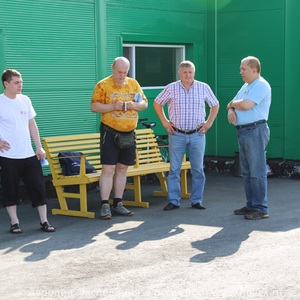
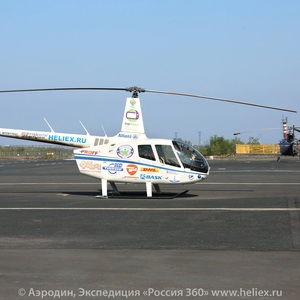
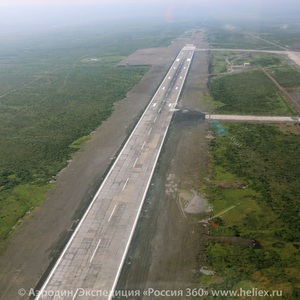

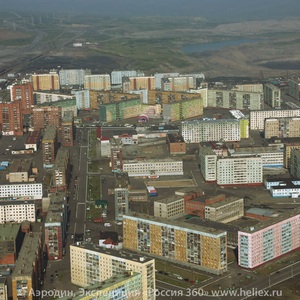
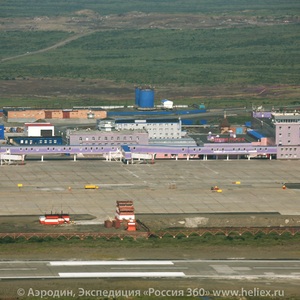
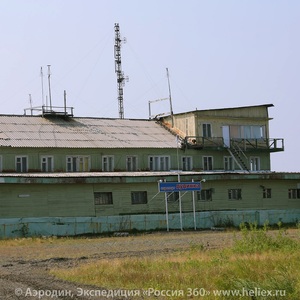
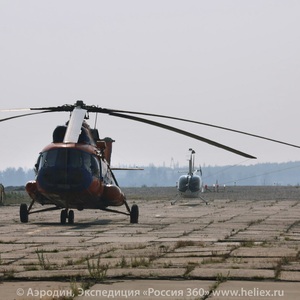

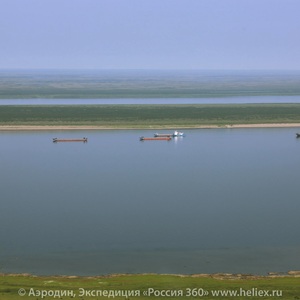

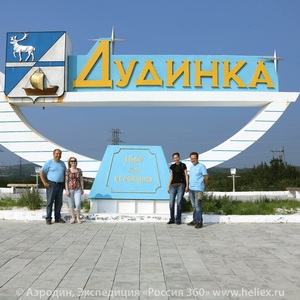
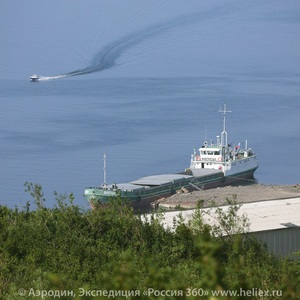
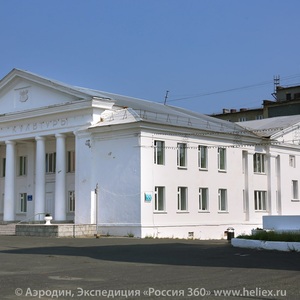
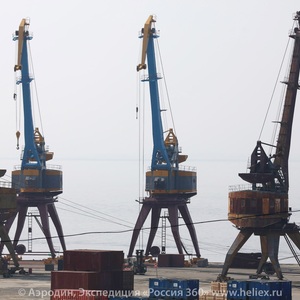
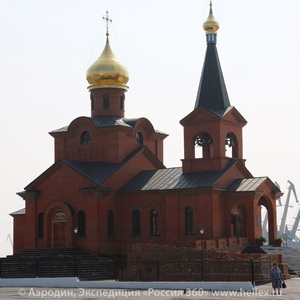
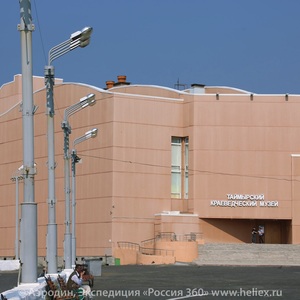
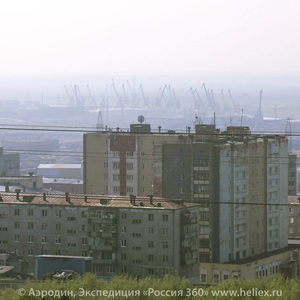
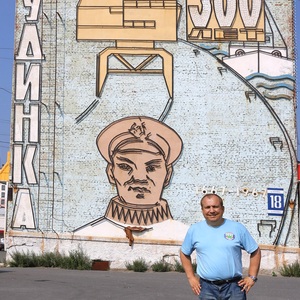
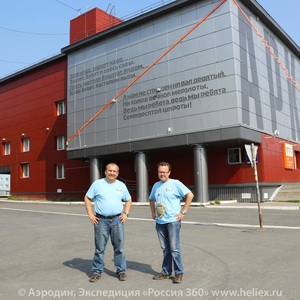
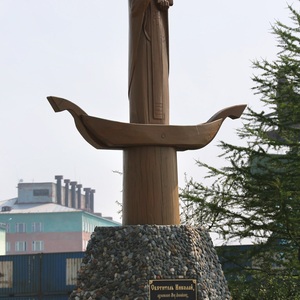

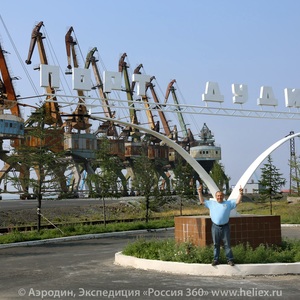
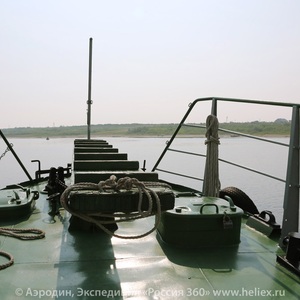
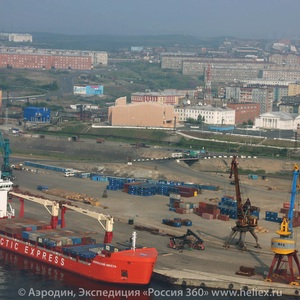
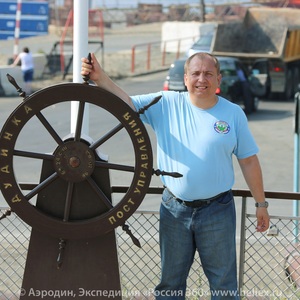

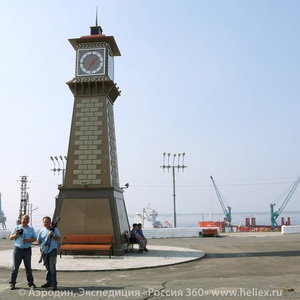
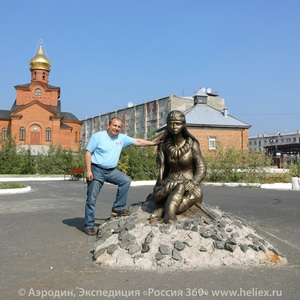
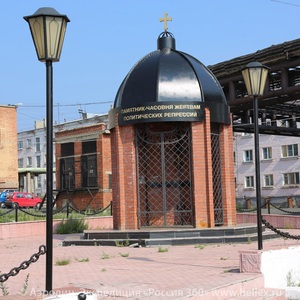
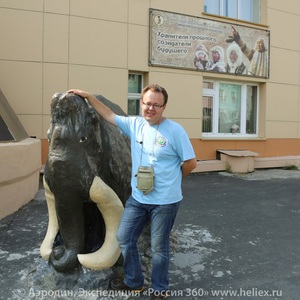
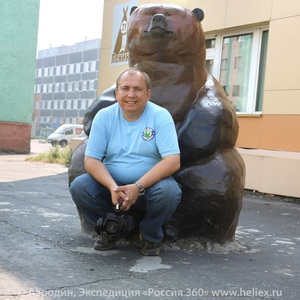

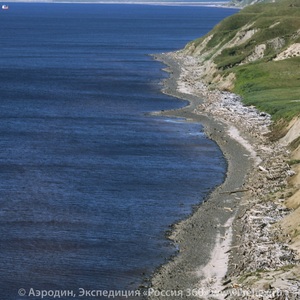
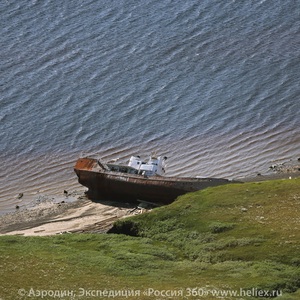
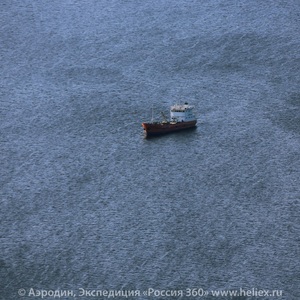

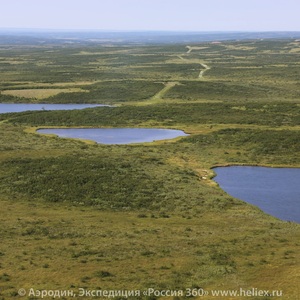
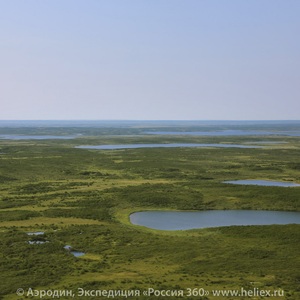
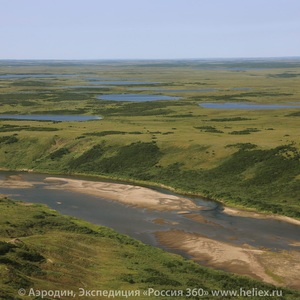


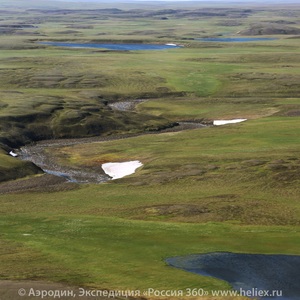
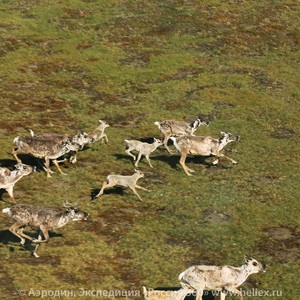
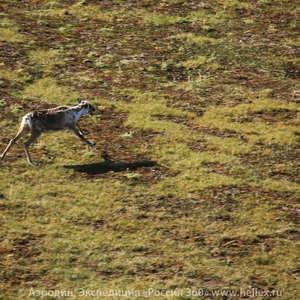
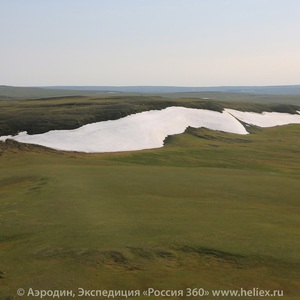

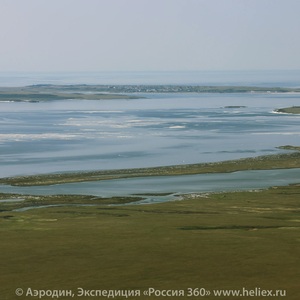
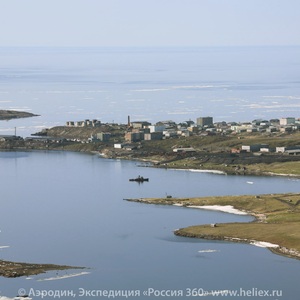
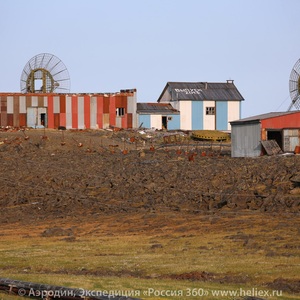
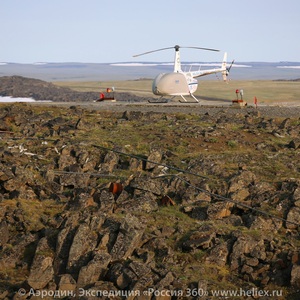
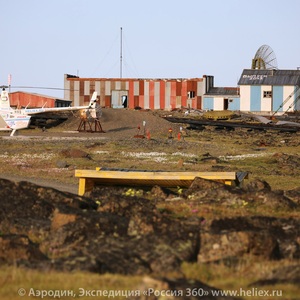
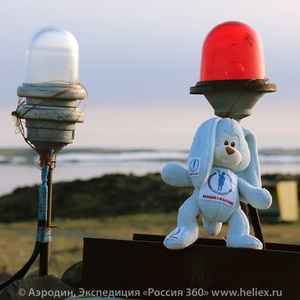
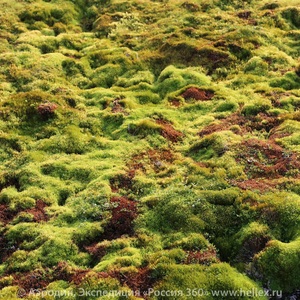

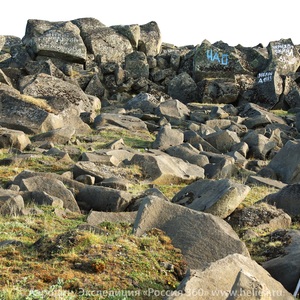

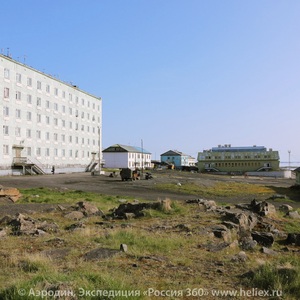
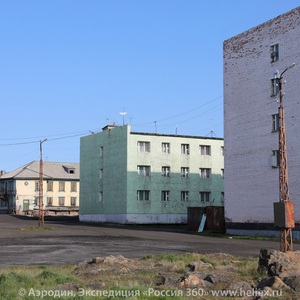
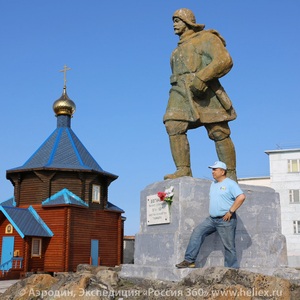


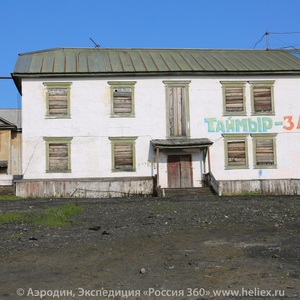
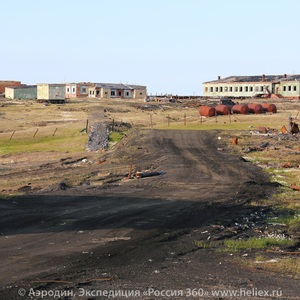
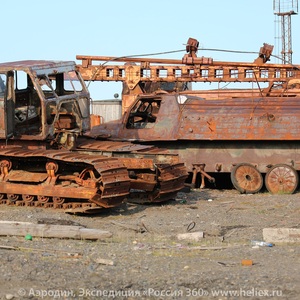
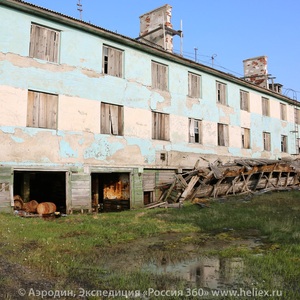

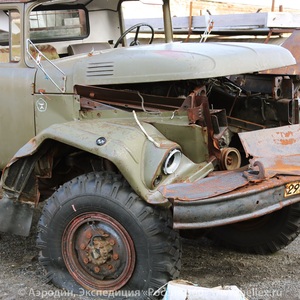
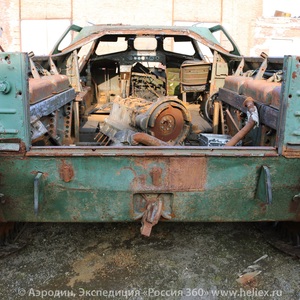
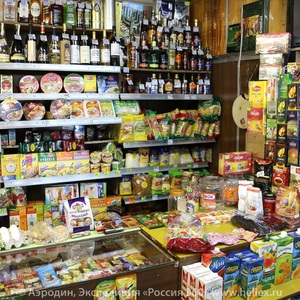
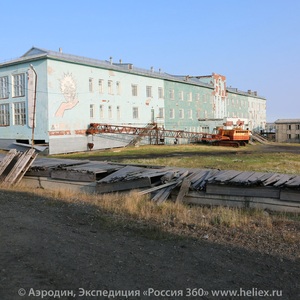
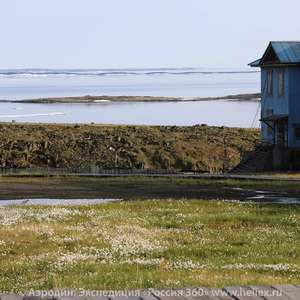
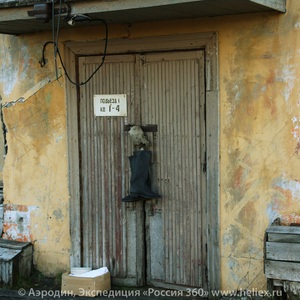
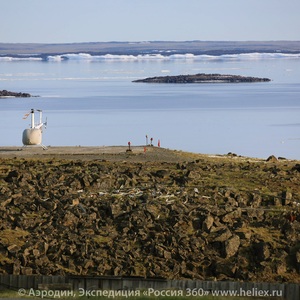
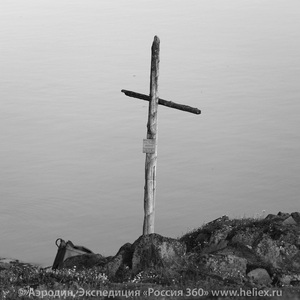

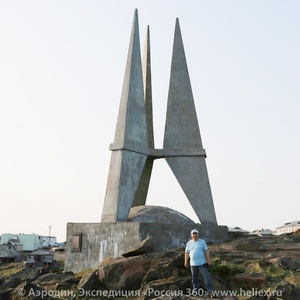



/Юлия Мутовина (Дудинка).jpg)






















































Интересная статья. Для меня лично – всё, что выше 2 этажей – не Север. 3 года жили на море Лаптевых. пос. Нижнеянск. Там Север, так Север. А здесь, при всё уважении к сельчанам, Баунти. Тем не менее – хвала. Север очень единит. Моим с 80 годов снится наш поселок. Жаль мало фото про Диксон.
Прочитала к воротам Арктики и конечно очень растроилась.Хотя я на Диксоне не была,,но много города Стачитала и слышала о нем. Самое главное ,мой гражданский муж -художник Сенько Игорь Иосифович написал много арктических картин написанных с натуры.После ухода его из жизни в 1995 году я выставила 84 работы в Норильской художественной галереи.24 из них подарила .Три картины подарила Норвегии,исполнила волю художника .Две из них изображают памятник норвежскому путешественнику Петеру Лоренцу Тессему, умкршему в 1919 году пос елке Диксон..На третьем полотне изображены айсберги в Карском море..Сейчас они украшают в здании администрации коммуны,где выставлены на центральном месте так,что все работающие в ломе и посещеющие его любуются ими.ОБ этом мне сообщил мэр коммуны города Стеинкьер Норвегии Кристиан Вибе.. Сейчас работаю над издательством альбома о Игоре Сенько..В Норильске я прожила 31 год. На пенсии с 1997 года. С уважением Любовь Петровна.